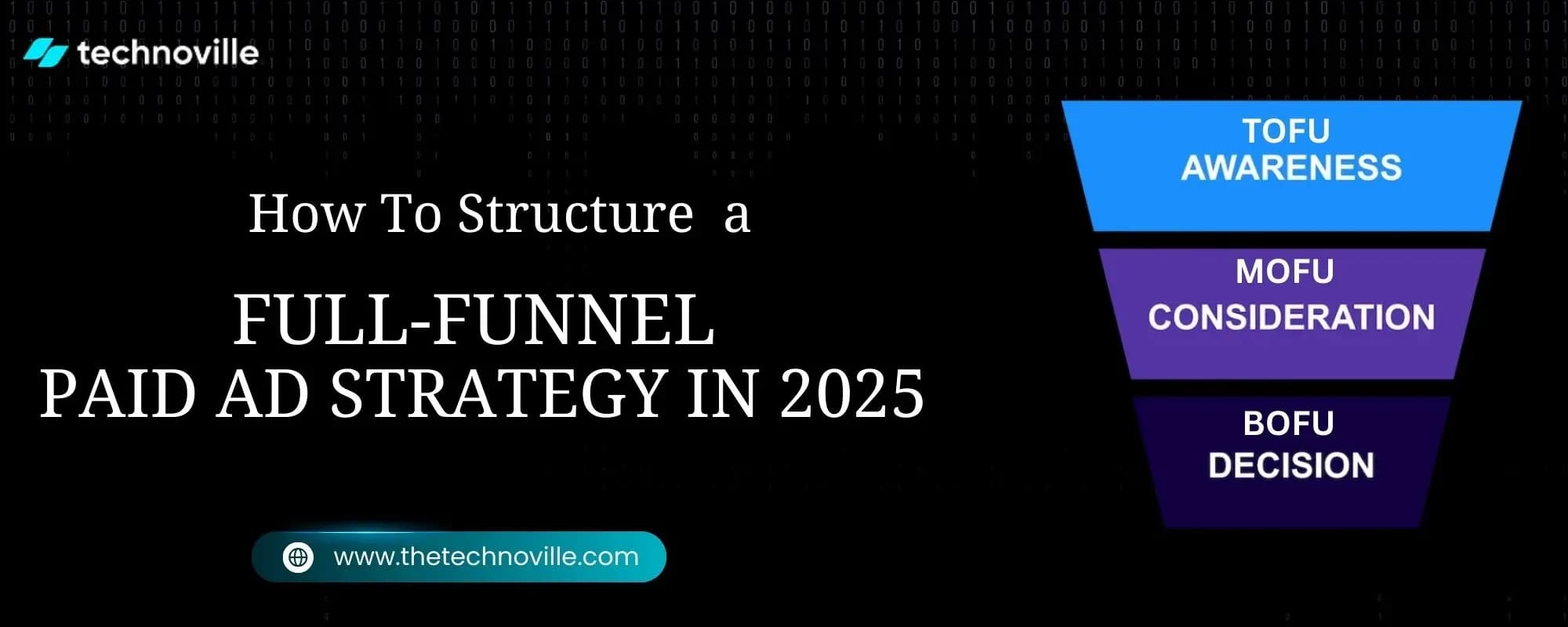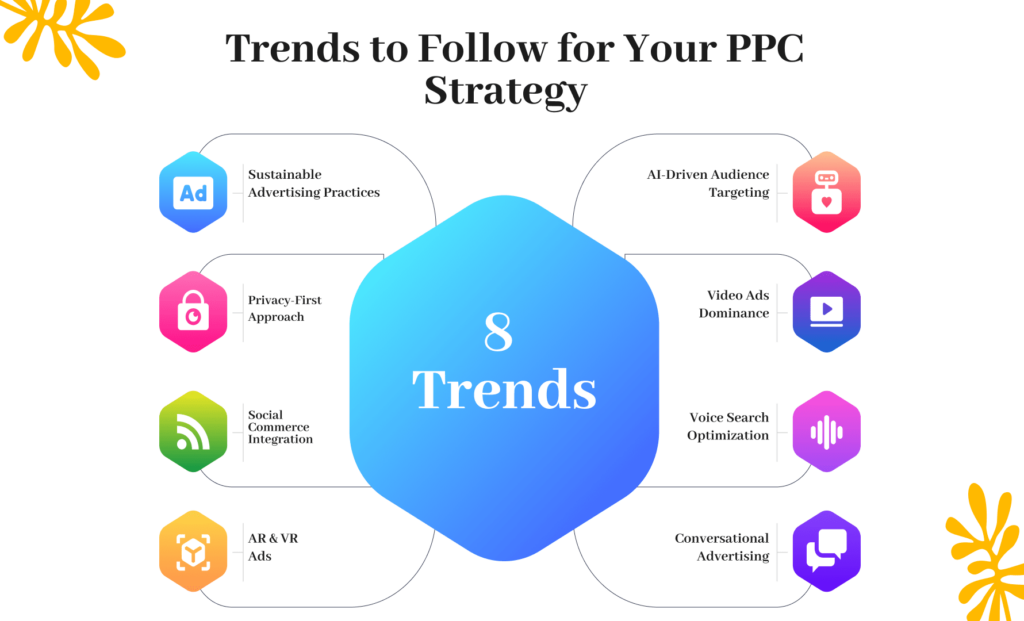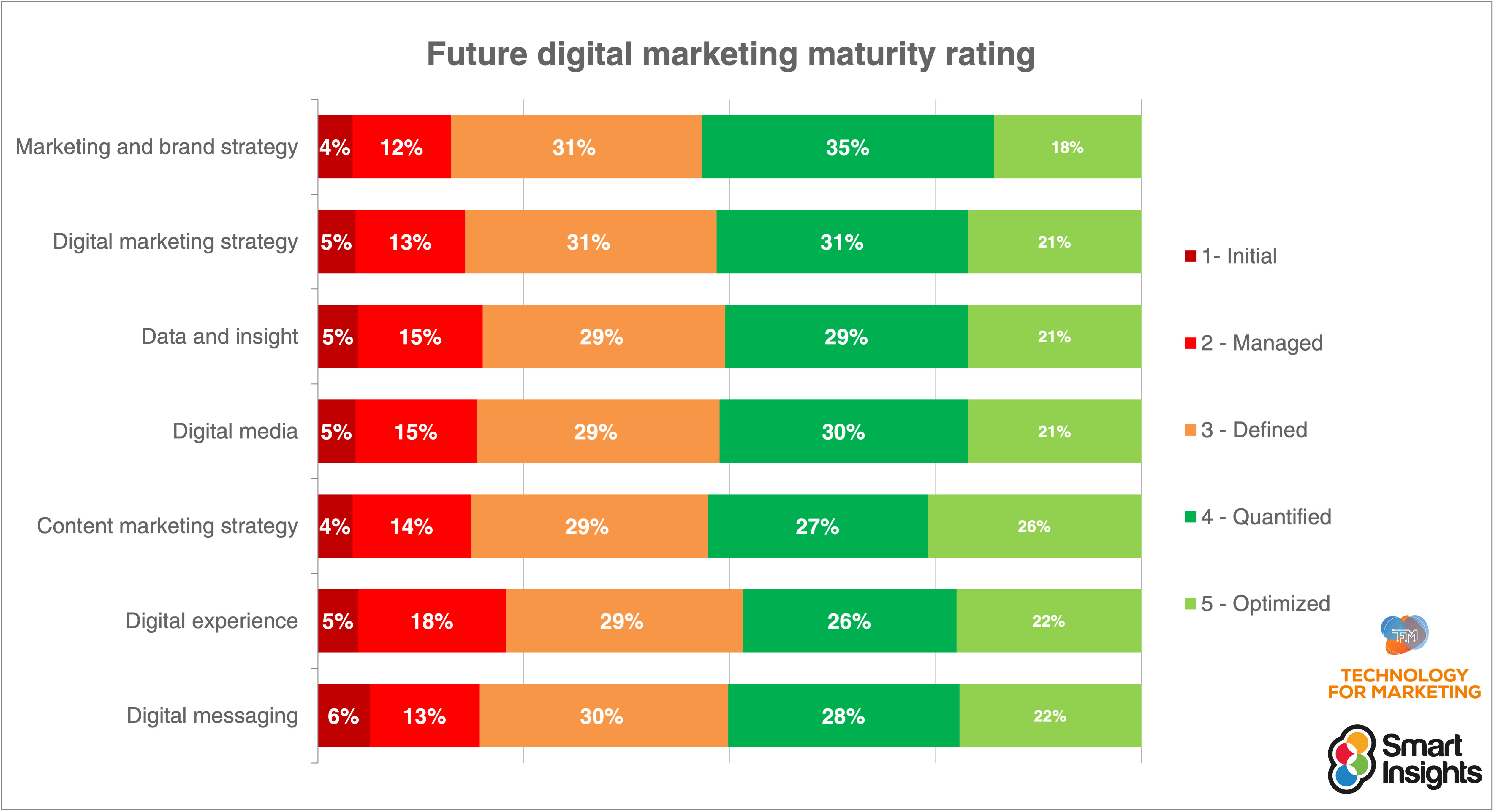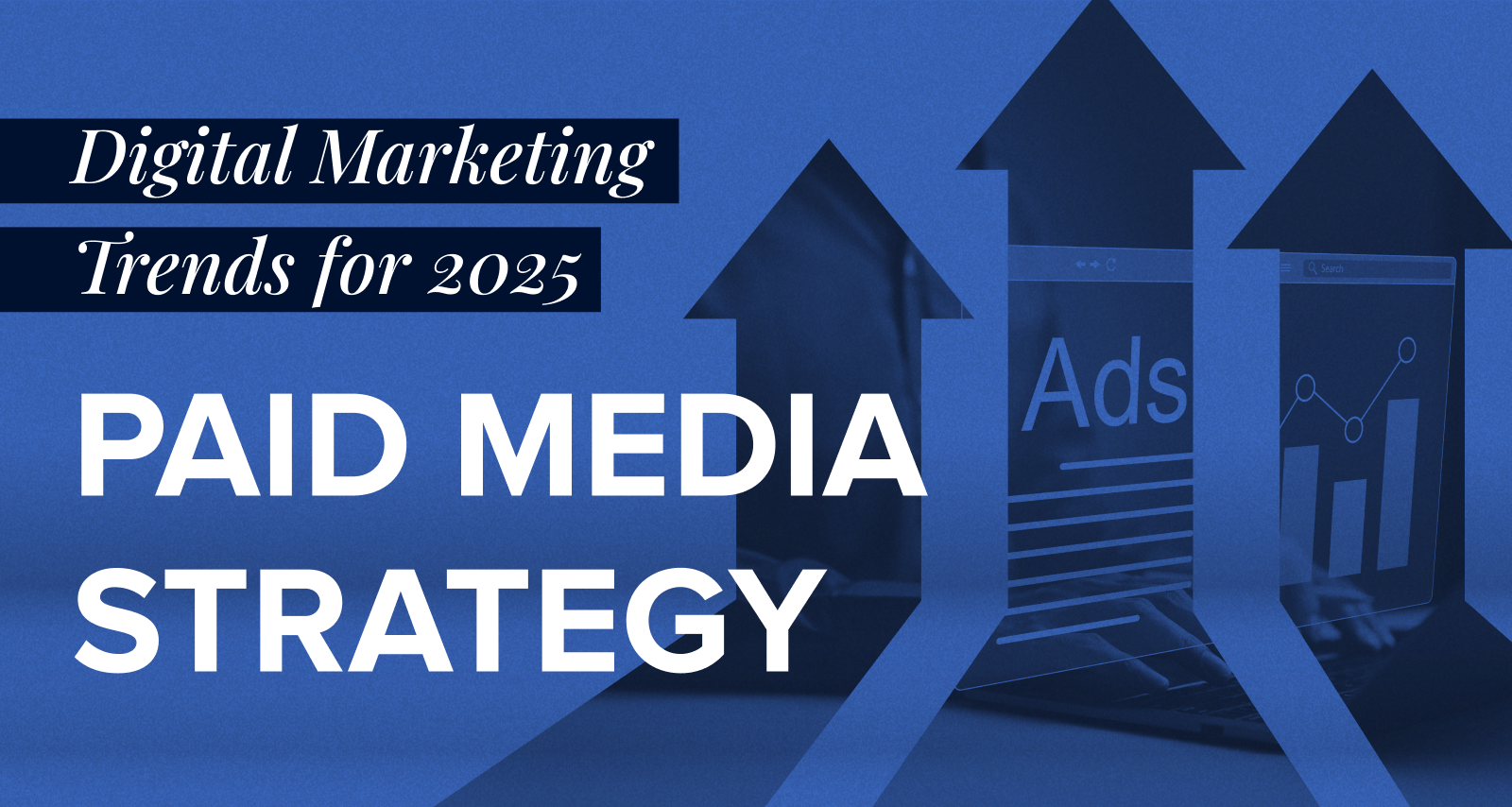To use paid advertising efficiently on a budget in 2025, focus on strategic targeting, automation, and data-driven optimization to maximize ROI while minimizing waste.
Key strategies include:
-
Leverage AI-driven targeting and automation to precisely reach high-intent audiences and dynamically optimize bids in real time, reducing cost-per-lead and improving efficiency.
-
Prioritize account-based marketing (ABM) or highly targeted campaigns over broad "spray-and-pray" approaches, especially for B2B, to concentrate spend on high-value prospects and increase conversion rates.
-
Start with a small budget to test platforms and campaigns, then scale spending on those delivering the best results. Allocate budgets smartly across platforms like Google Ads for broad reach, LinkedIn for B2B, and cost-effective alternatives like Microsoft Ads depending on your industry.
-
Use first-party data and privacy-compliant audience insights to improve targeting accuracy and reduce wasted impressions, adapting to evolving privacy regulations.
-
Create engaging, personalized ad content tailored to specific audience segments to increase click-through and conversion rates.
-
Focus on long-tail keywords and geo-targeting to lower costs and improve relevance, ensuring ads reach the most likely buyers in specific locations or niches.
-
Set clear goals and KPIs upfront, and continuously measure and optimize campaigns based on performance metrics to avoid overspending and maximize returns.
-
Use compelling offers such as discounts, free trials, or bundled deals to entice conversions without increasing ad spend.
-
Prioritize quality over quantity by investing in fewer, high-performing channels rather than spreading your budget thin across many platforms.
In summary, efficient paid advertising on a budget in 2025 requires a combination of AI-powered precision, focused targeting (especially ABM for B2B), smart budget allocation, data-driven optimization, and compelling creative offers to maximize every dollar spent.





